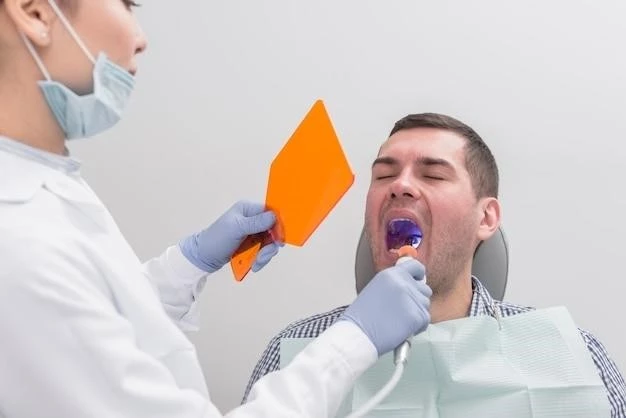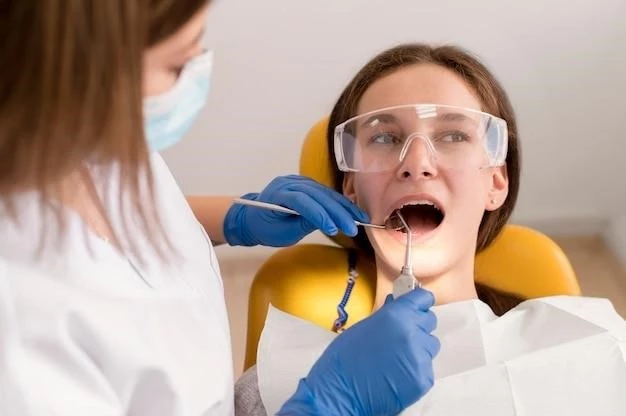Hutchinson Incisors
Hutchinson Incisors, a type of dental abnormality, are characterized by certain visual features in the teeth. This article will explore the causes, diagnosis, characteristics, treatment options, oral hygiene, and dental care related to Hutchinson Incisors.
Introduction to Hutchinson Incisors
Hutchinson Incisors refer to a dental abnormality that can occur due to various factors, including congenital disorders and genetic conditions. These abnormalities can have implications on dental health and may require specific treatment options. Diagnosis of Hutchinson Incisors often involves a comprehensive dental examination, including dental X-rays and a thorough review of the patient’s dental history. Understanding the characteristics of Hutchinson Incisors is crucial in providing appropriate dental care and oral hygiene practices to individuals affected by this condition.
Causes and Diagnosis
The causes of Hutchinson Incisors can be attributed to various factors, including congenital disorders and genetic conditions affecting the development of the teeth. The diagnosis of Hutchinson Incisors typically involves a thorough examination by a dental professional, including a detailed dental history review, visual inspection, and potentially dental X-rays to assess the extent of the abnormalities present in the teeth. Identifying the underlying causes of Hutchinson Incisors is essential in determining the appropriate treatment options and tailored dental care plan for individuals with this condition;
Characteristics of Hutchinson Incisors
Hutchinson Incisors are characterized by specific visual features in the teeth, such as notches or screwdriver-shaped appearance of the upper central incisors. These abnormalities are often associated with congenital syphilis or other genetic conditions that affect tooth development. Hutchinson Incisors may also exhibit a yellowish-brown coloration and enamel defects. Understanding these distinct characteristics is essential in the accurate diagnosis and appropriate management of individuals with Hutchinson Incisors.
Treatment Options
Treatment options for Hutchinson Incisors may vary depending on the severity of the dental abnormalities present. In some cases, interventions such as dental bonding, veneers, or crowns may be recommended to improve the aesthetic appearance of the affected teeth. For more severe cases, orthodontic treatment or tooth extraction followed by replacement with dental prosthetics may be necessary. It is important for individuals with Hutchinson Incisors to consult with a dental professional to determine the most suitable treatment plan based on their specific needs and the extent of their condition.
Oral Hygiene and Dental Care
Maintaining good oral hygiene is crucial for individuals with Hutchinson Incisors to prevent further complications and preserve their dental health. Regular brushing with fluoride toothpaste, flossing, and using mouthwash can help remove plaque and protect the teeth from decay. It is important for individuals with this condition to attend regular dental check-ups to monitor the progression of the abnormalities and address any issues promptly. Dental professionals can provide tailored advice on oral hygiene practices and recommend specific dental care products to optimize oral health for individuals with Hutchinson Incisors.
Conclusion
In conclusion, Hutchinson Incisors represent a unique dental abnormality with specific visual characteristics that can be indicative of underlying congenital disorders or genetic conditions. Diagnosis of Hutchinson Incisors requires a comprehensive dental examination, including a review of dental history and potentially dental X-rays. Treatment options for individuals with this condition may include dental procedures to improve the appearance and function of affected teeth. Maintaining optimal oral hygiene and regular dental care are crucial in managing Hutchinson Incisors and promoting overall dental health. Collaboration between patients, dental professionals, and specialists is essential in providing comprehensive care for individuals affected by Hutchinson Incisors.

